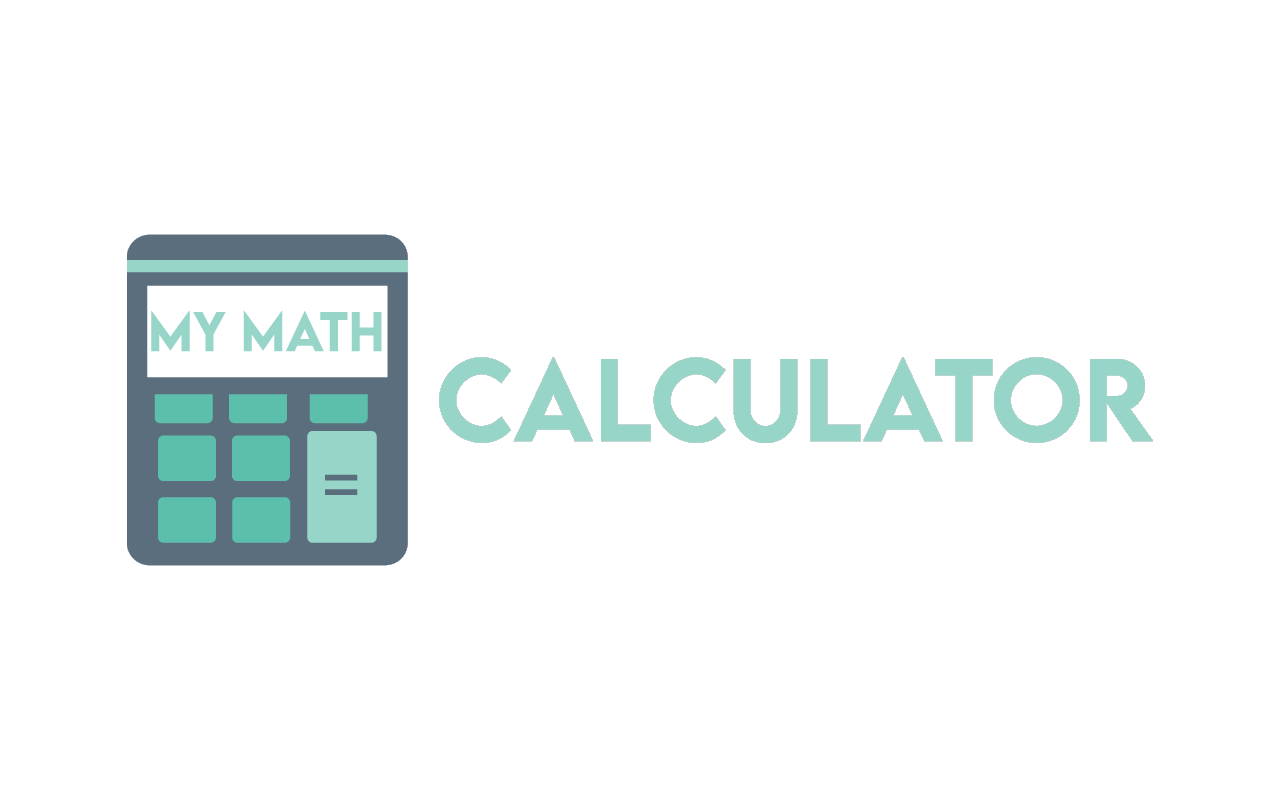
+ =
Additions are usually denoted by the (plus +) sign. Addition is one of the four basic operations of arithmetic and other three being subtraction, multiplication and division. The sum of two whole numbers is the sum of the combined values. This observation is equivalent to the mathematical (3 + 2 = 5).
In addition to counting items. Additions can be defined and implemented without referring to concrete objects. Instead using abstracts called numbers, such as integers, real numbers and complex numbers. Addition is mathematical. Addition is a branch of mathematics.
The addition has several important features. Addition is incremental. Order does not matter and order is associative. When someone adds more than two numbers, the order in which they are added does not matter. The repeated addition of 1 is equal to the calculation. Addition 0 does not change any number. Additions also follow predictable rules regarding related activities. Such as subtraction and multiplication.
Addition is one of the easiest numerical tasks to perform. The most basic work (1 + 1) can be done by infants under five months of age and even by some members of other animal species. In elementary education, students are taught to add numbers in a decimal way. Starting with single numbers and dealing with increasingly difficult problems. Mechanical assistants from ancient abacus to modern computers, where research on the most effective implementation of additions continues today.
Performing Addition:
The study of mathematical development, which began in the 1980s, explores the phenomenon of habitat: children spend more time in unpredictable situations. In a basic experiment by Karen Wynn in 1992, Mickey Mouse puppets were manipulated behind a screen to show that five-month-olds expect 1 + 1 to be2, and they are relatively surprised when a physical situation implies that 1 + 1 is either 1 or 3. This search has been confirmed by different laboratories using different methods. 1 Another experiment in 1992 with older children between 1992 and 1 month, using the development of motor control by allowing them to recover ping-pong balls from a box. The younger ones responded well to smaller numbers, while the older ones were able to calculate the sum up to 5.
It even shows limited ability to add some inhuman creatures, especially primates. A 1995 experiment mimicked Wynn's 1992 results (but used eggplant instead of dolls); Rhesus Macaque and CottonTop Tamarin monkeys were performed similarly to human babies.
Property of Addition
The property of addition is the property of numbers, which means that the way three or more groups are formed does not change the sum of these numbers. This means that the sum of three or more numbers is determined in the same order as they are grouped. Let's learn more about Addition in this article.
What is the Property of Addition?
The property of addition is a rule, which says that, when adding three or more numbers, we can group them in any order or combination. The sum we get remains the same no matter how they are grouped. In this situation, grouping refers to the placement of brackets.
Property of Addition Formula:
The addition property formula shows that grouping in a different way does not affect the sum of the numbers. The parentheses that add numbers help to simplify the addition process. Notice the following formula for the associate property of the addition.
Let’s take an example to understand and prove the formula. Let's group 13 + 7 + 3 in two ways.
- Step 1: We can group the set of numbers as (13 + 7) + 3 and 13 + (7 + 3).
- Step 2: Add the first set of numbers, that is, (13 + 7) + 3. It can be further solved as 20 + 3 = 23
- Step 3: Now, add the second set, that is, 13 + (7 + 3) = 13 + 10 = 23
- Step 4: The sum of both expressions is 23. This shows that no matter how we group the numbers in parentheses, the sum remains the same.
Property of Addition and Multiplication:
Property applies to addition and multiplication, but does not exist in subtraction and division. We know that the property of the addition property says that the grouping of numbers does not change the sum of the given sets of numbers. This means, (7 + 4) + 2 = 7 + (4 + 2) = 13. Similarly, the associative property of multiplication says that the grouping of numbers does not change the product of a given set of numbers. The formula is expressed as (a × b) × c = a × (b × c). For example, (2 × 3) × 4 = 2 × (3 × 4) = 24.
Conclusion:
- Property only applies to additions and multiplications.
- Properties correspond to the ability to add or group numbers, which is not possible in the case of subtraction and division.
- Property contains a list of features of mathematics that are helpful in manipulating mathematical equations and their solutions.
